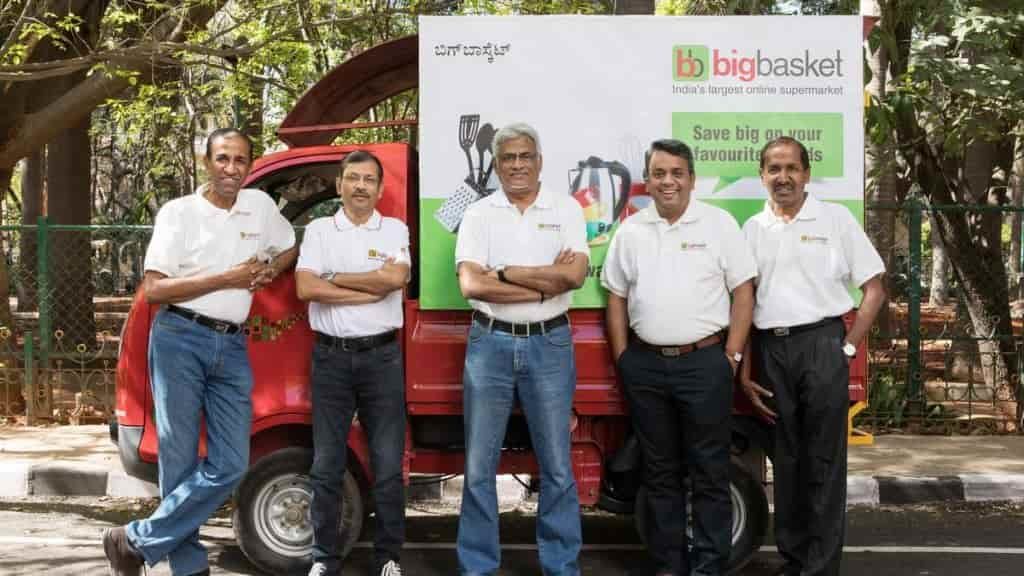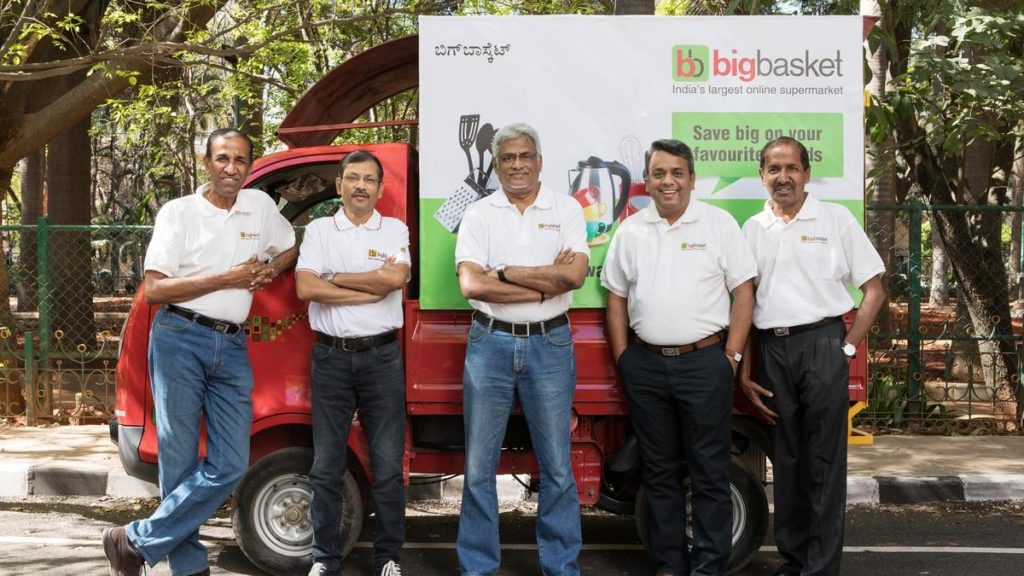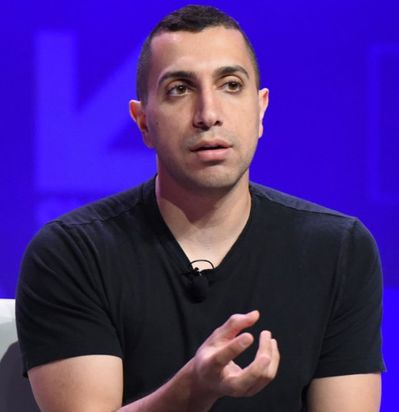Yatra.com : How a Local Travel Agency Reached Millions of Indians
Planning a trip, used to be a very hectic task before any of the online travel portals got launched. Now that, we have online travel agents, hotel and flight booking; checking availability of rooms, flights, and other accommodations, seems like a piece of cake.
One such online portal is Yatra.com, one of the most popular online Indian travel companies, that provide the finest travel services starting from booking hotels of your choice to create your own holiday packages. The company was founded on 1 August 2006 by Dhruv Shringi, Manish Amin and Sabina Chopra. It is a Haryana-based online travel agency with a wide spectrum of services and a large customer base.
Dhruv Shringi, CEO of Yatra.com
One of the founders of Yatra.com, Dhruv Shringi, as well as the current CEO of the company, holds an MBA degree from INSEAD. He is also a certified Chartered Accountant who gathered a lot of experience before launching Yatra.com. Before Yatra.com, he worked for Ebookers where he was responsible for sales of $850 million that occurred through multiple channels. The other two founding members also worked with Shringi at Ebookers from 2000-2005. And in the period of working together, these three came up with the idea of Yatra.com.

Shringi had also worked for the London branch of Ford Motor Company and for 6 years he worked with Arthur Anderson in India. He provided business strategies as well as teamed up with the IT sector of the companies he worked for. A man with such calibre and occupational background is likely to bring some lucrative investors in house, and so he did for Yatra.com.
Growth, Acquisitions, and Strategies
The company started in 2006, with only three members, and crossed 1,000 employees by 2016. Yatra.com is a B2B type business providing flight tickets, hotel rooms, car rentals and holiday packages throughout the entire world. The company started growing rapidly in India from the very beginning and with some strategic acquisitions and investors, the company is now growing roots in international lands as well.
In June 2007, Yatra online was nominated for prestigious 14th Annual World Travel Awards. The company came in partnership with Sify.Com in November 2007. In 2010, Yatra.com became the first online travel company to launch India’s first online ticket cancellation service. The company established a contract with IRCTC on 4 January 2010, and the next month, it tied up with Himachal Pradesh Tourism Development Corporation.
On 17 February 2010, Yatra.com came in partnership with Tyroo, followed by a partnership with eBay India and Tripadvisor, the world’s largest travel community, in the month of April of the same year.
On 17 May the same year, the company was awarded the ‘Best Domestic Tour Operator’ award by the Ministry of Tourism. In November, Yatra.com came in a joint venture with American Express. This partnership and the acquisition of TSI, helped the company expand its business, especially for the international flight ticketing. At the end of 2010, Sabina Chopra got felicitated at the Second Annual Women Leaders in India Award 2010. A lot of exclusive holiday packages were launched in this year, which attracted different kinds of travellers.
In 2011, Yatra.com, for the first time, introduced holiday packages to Spain. And, to lure more Indian customers, it launched exclusively ‘Love, Breakups and Zindagi’ package. In April 2011, the company raised funding of $2 billion from blue-chip investors, including Valiant Capital Management, Norwest Venture Partners, and Intel Capital. In November 2011, the company was honoured with CNBC Awaaz Travel Awards for Best Online Travel Agency.
In 2012, Yatra.com won the award for ‘Best Travel Website’ in IAMAI’s 2nd Annual India Digital Awards. The company partnered with ZenithOptimedia Media in the month of March of 2012. It also launched a new credit card in association with SBI. By the time, it became the second largest online travel website in India and owned a 30 per cent share of the travel market related online transactions. The company also acquired a 100 per cent stake in Travelguru.com. In December 2012, Yatra.com, in association with Microsoft, released an app on Windows 8 for its customers.
In 2014, the company came in association with McDonald’s, and also, Rajasthan Royals (Official Travel Partner for IPL 2014). By August 2015, the company dominated the online travel market with booking in over 40,000 hotels. In 2016, Yatra.com incorporated Homestays in its mobile and website app. The statistics showed that in November 2016, 67 per cent of the total Indian travellers where booking holiday packages through Yatra.com. In the same year, Yatra merged with Terrapin 3 Acquisition Crop, which made the company worth $218 million.
The Success
In this journey of 19 years, the company has gained immense trust from its more than 31 million customers. Yatra.com books around 50,000 hotels in more than 500 destinations of India and over 430,000 hotels around the world. On an average rate, Yatra.com hosts more than 20,000 domestic flights and 5,000 hotels bookings per day, through online media and call centres.

Annasha Dey is an NIT student, who apart from studying engineering is also a content writer. She has a great interest in photography, writing, reading novels, and travelling as well. She is a foodie who loves socializing and hanging out with her friends. She is also a trained Kathak dancer and a big fashion enthusiast. Dey also loves watching TV series, which includes F.R.I.E.N.D.S. and Big Bang Theory. To be a better writer she prefers to read more











